AUC Classrooms Tour
Like me not too long ago, many prospective students are probably curious to see what the classrooms at AUC look like. So here, I have posted some pictures of the indoor places around campus. But first, some info about the facilities here at AUC:
Lecture Halls
In the old academic building, there are five lecture halls of different sizes: Lecture Hall 1 (LH1), Lecture Hall 2 (LH2), Lecture Hall 3 (LH3), Lecture Hall 4 (LH4), and Chertok Hall. LH1 is the largest, seating 300 students. Lecture Hall 2 seats 200 people. Lecture Hall 3 seats 80. Chertok Hall seats 120. I’m not sure about LH4, but you can take an estimate by looking at the pictures. “Chertok Hall” is named in honor of Dr. Chertok and his contributions to AUC.
In the new academic building (opened September 2013, dedicated January 2014), there is a 400-seat auditorium that is used for lectures as well as campus-wide events like the White Coat Ceremony.
The projectors and microphone sound system in the lecture halls work well. Each room has several monitors. All the seats of the lecture halls have their own electrical outlets, in case you want to plug in your laptop computer. And of course, the campus has wireless internet access everywhere, and it’s pretty fast.
As of May 2010, the school has incorporated the use of “clickers” in several of the classes. Clickers are passed out to the students in the beginning of the class. During the lecture, the lecturer would post a multiple choice question on the screen and students would press the button of their choice on the clickers. The results can be seen instantly and the students and professor can monitor the class’s progress. The clickers can also be used to take polls.
All of the lecture halls as well as the cafeteria, ICM rooms, and multipurpose rooms are open after class hours as study space.
As of January 2011, AUC has adopted computer-based and web-based testing for exams. The new academic building has a computerized testing center where students take exams. Chertok Hall, Computer Lab, and Lecture Hall 4 are also all equipped with the extra wiring and capacity needed to run exams. Students are not required to bring our own computer to take exams. Laptop computers with the appropriate software and mice will already be set up when you go to take exams.
Lab Facilities
There are several labs on campus: cadaver lab (wet lab), osteology/radiograph lab (dry lab), Harvey Cardiac Patient Simulator Lab, Simulation Lab, ICM patient rooms…
The anatomy lab facility here at AUC is excellent. The lab is large, well-lit, with flat-screen monitors everywhere, which can screen the instructor’s cadaver as he or she lectures and works on it. The lab is very well-ventilated as well to preserve the quality of the cadavers throughout the semester.
The dry lab has radiographs, a large collection of bones as well as plastic models and microscopes. The laptop computers in the dry lab are equipped with VH Dissector, which is an anatomy virtual imaging software.
There is a Harvey Cardiac Patient Simulator lab that students will use for Introduction to Clinical Medicine (ICM), taken throughout all the semesters at AUC as of 2013. There are also other models used in ICM 5, like male and female pelvis and breast models. During fifth semester, you also have the opportunity to use Sim Man in the hospital simulation facilities in the new academic building.
ICM classes are for small groups. There are ICM rooms everywhere on campus: in the old academic building, new academic building, dorms, anatomy wing, and library. They all have examination tables, sinks, and whiteboards. When ICM classes are not in session, the ICM rooms can be used as group study spaces.
There are four patient examination rooms in the library fully equipped with examination tables, sinks, Welch-Allyn otoscopes and ophthalmoscopes, blood pressure cuffs, and other medical gadgets and supplies. Although you can practice physical examination in any of the numerous ICM rooms, I found that these 4 rooms in the library are the best, since they simulate a real doctor’s office. There are also video cameras in there in case you want to record your performance. I don’t know many students who do this, but if you want to, Dr. M can set it up for you. The ICM rooms in the library are kind of hidden, but you can get there through the door to the right of the librarian’s check-out booth.
Although AUC is primarily a teaching university rather than a research university, there are a handful of research labs on campus where several of our professors conduct their own projects. Because of this, students at AUC can participate in research, either for independent study or as test subjects. Usually there are around 5-6 concurrent research projects that are going on that teams of students can partake, that range in topics like Dengue fever, normal flora, epidemiology, or sickle cell anemia. If you are interested in research during your Basic Science semesters, you can talk to Dr. Shupe.
Library
As AUC is a small school, the library is not very big. But given the trend towards e-journals and e-books (which are accessible from the school computers), perhaps the library’s size may not be a problem. There are several rooms in the library. There is one room dedicated to stacks of books, journals, and DVDs as well as reading tables. There is a computer lab. There is a quiet study room with 40 individualized study carrels as well as a room with larger study tables.
The School uses ANGEL Learning as its online communication and learning platform and it is available both on and off campus from anywhere in the world. The computer lab in the library has USMLE prep software and streaming lectures. There are 50 flat-screened computers (Dell Optiplex 780/ 3 GHz/ 2GB RAM/ 148 GB Harddrive), and comfortable swivel chairs. The internet speed throughout campus is 30 Mbps. The library and computer lab close at 11pm daily.
Printing is 10 cents a page.
For pictures of campus outside, please see here!
For pictures of a dorm room, please see here!





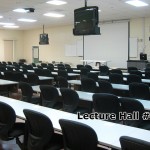










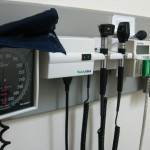






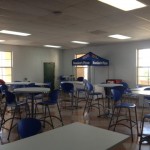





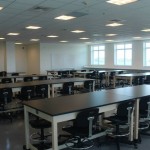










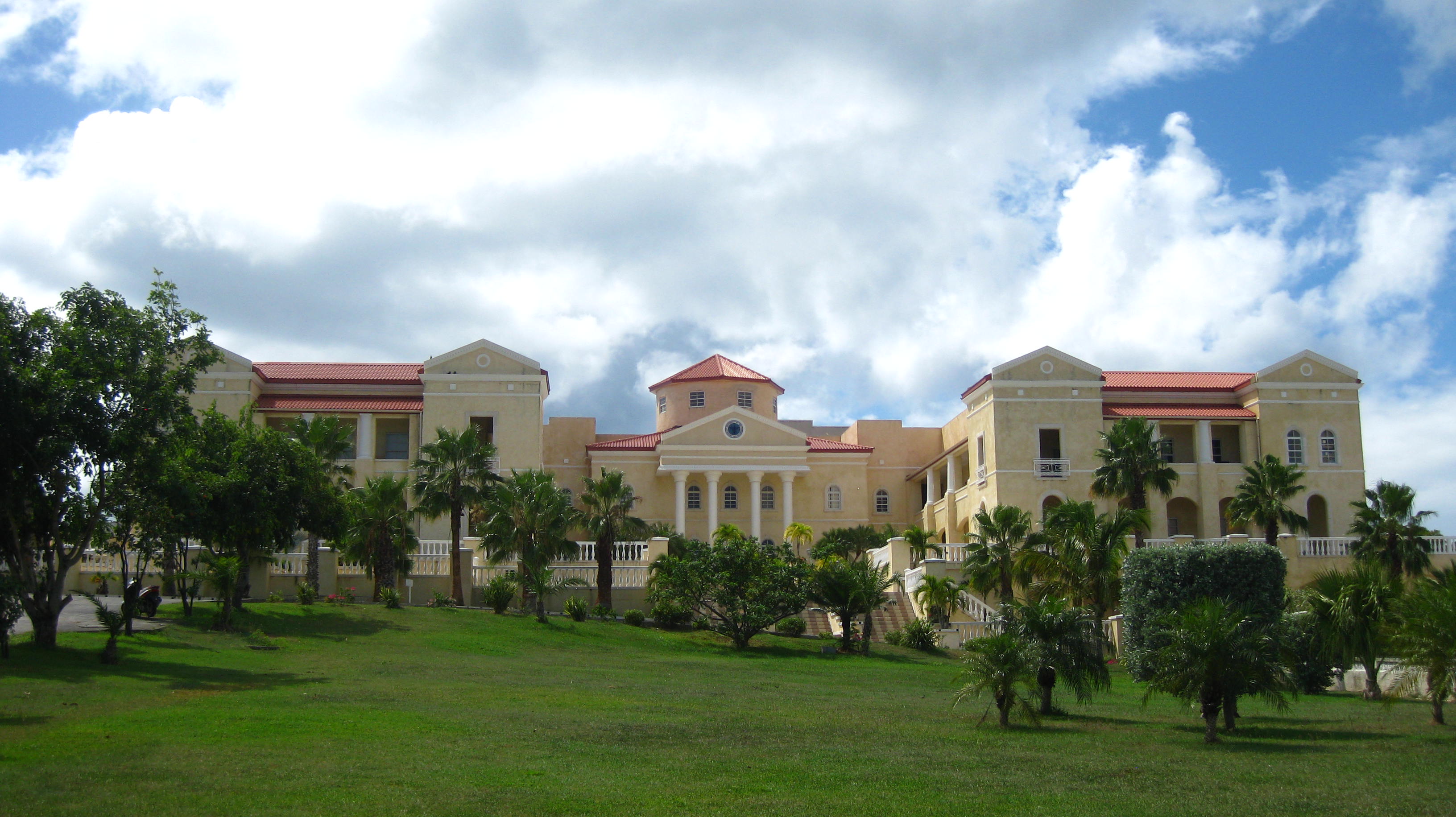








Hi Chris,
Sorry, I accidentally deleted your comment and couldn’t recover it (darn wordpress app!). To answer your question, AUC does not record lectures or have scribe service. However, students are free to audio record the lectures. I used to record lectures using an iPad note-taking app called PaperPort Notes. If you have an iPad, you could try it out. Best of luck!
Benji
Hi Benji,
Thanks for the info. It is really great stuff. I have some friends currently attending medical schools at MUA and AUA and they caution that I should start medical school in May in order to have enough time to prepare for the USMLE step 1. I feel more comfortable starting in August/September as it gives me more time to plan my departure and pay my bills.
My question to you is as follows: If I start medical school in September, based on AUC how much time after I complete my 5 semesters will I have to study for the USMLE step 1? And will it be enough? Can I take more time to study for it in order to do well before starting clinical rotations?
Hi Neil,
No matter which semester you start, you will at max be allowed a semester’s worth of time to write Step 1. If you are disciplined and focused, that should be more than enough time to prepare for the exam. Here is the schedule you are looking for: http://www.caribbeanmedstudent.com/2014/05/january-may-or-september-semester/
Benji
Hi Dr. Benji Ho, This year I applied to Caribbean medical school and I got accept in American Caribbean and Ross university. However, I have normal acceptance in American University and MERP program for Ross. What would your recommendation to move on this fall?